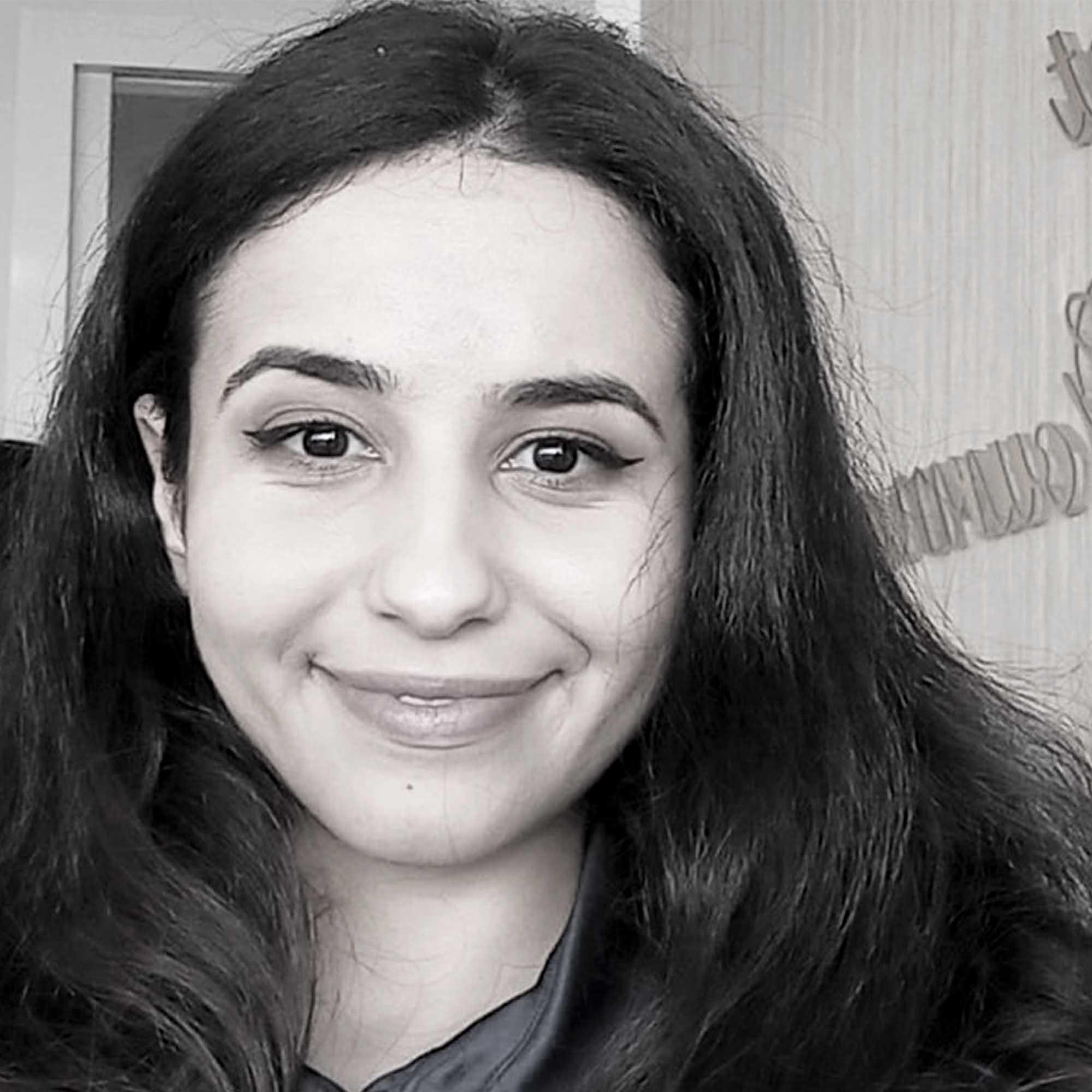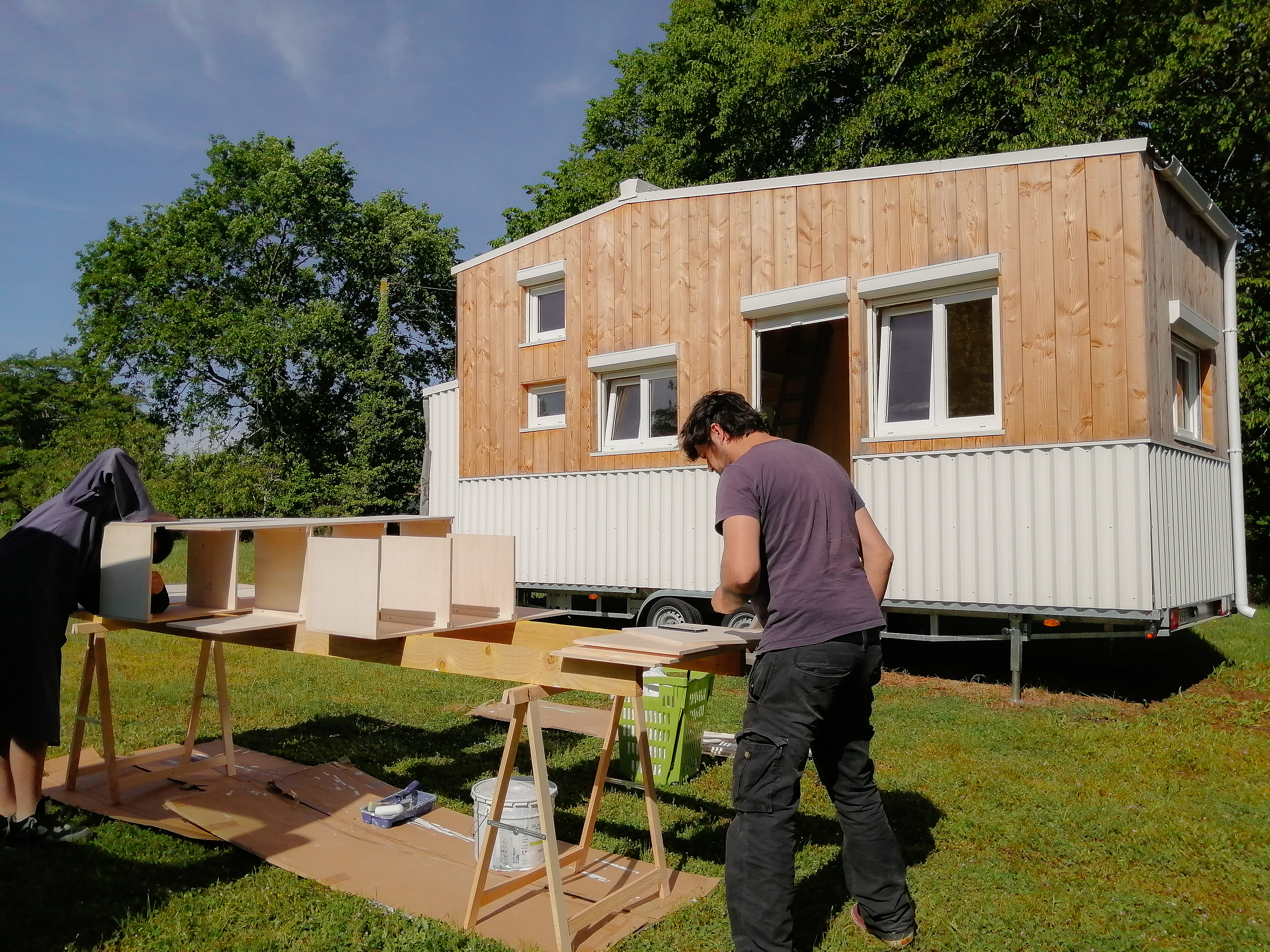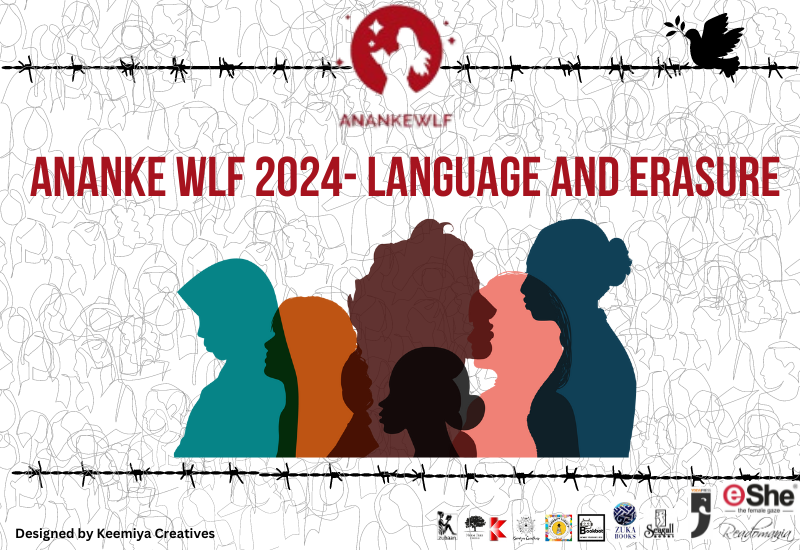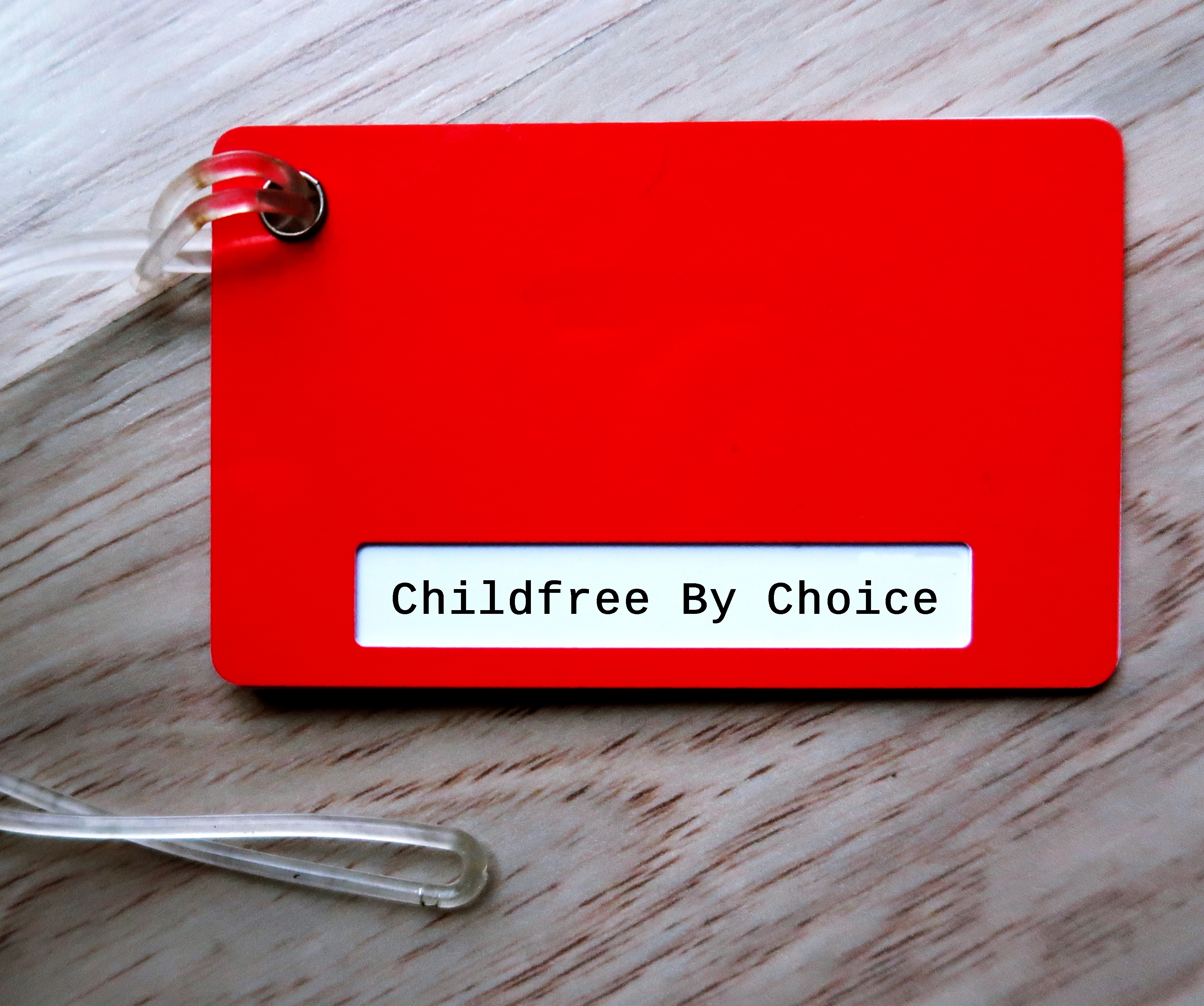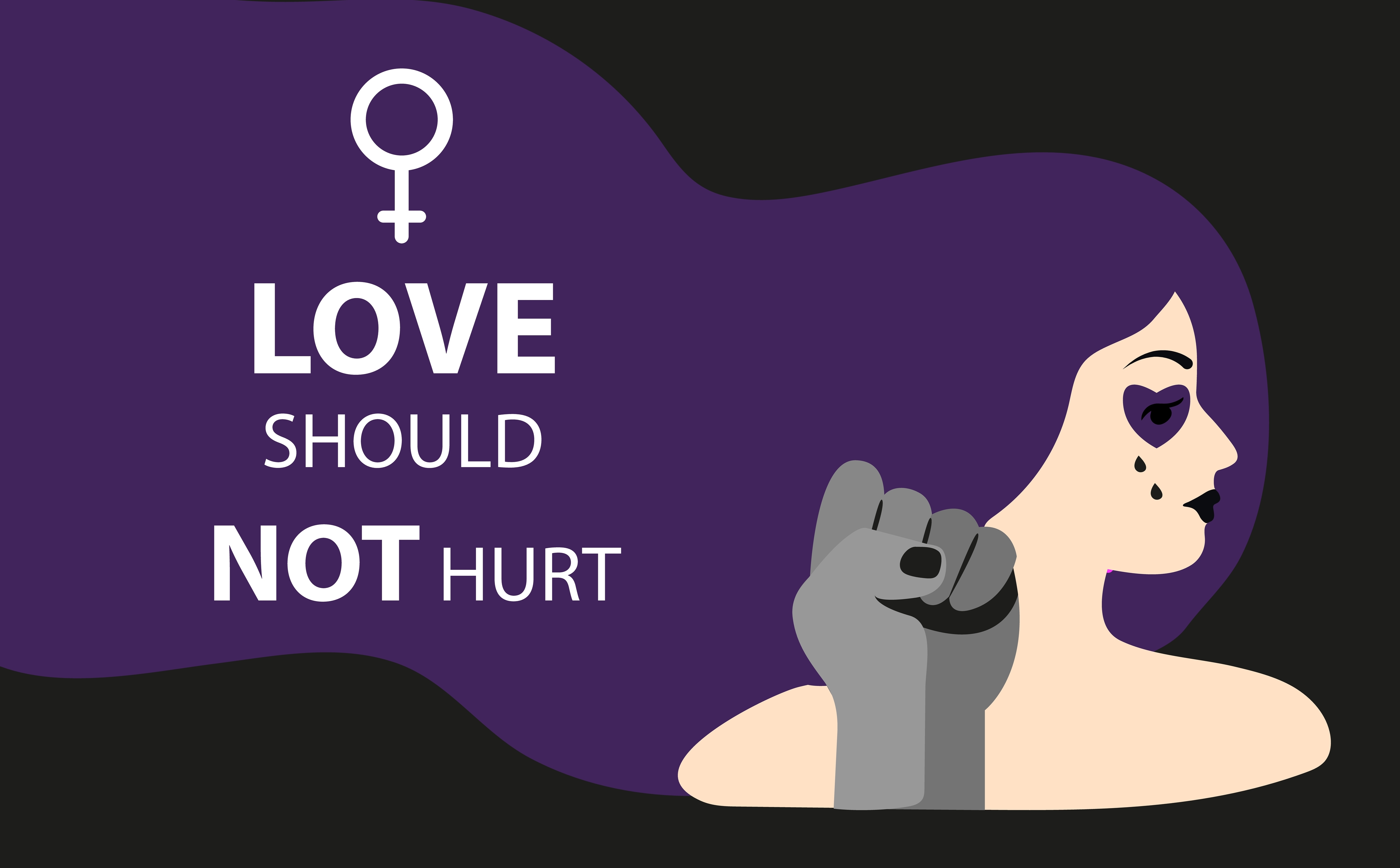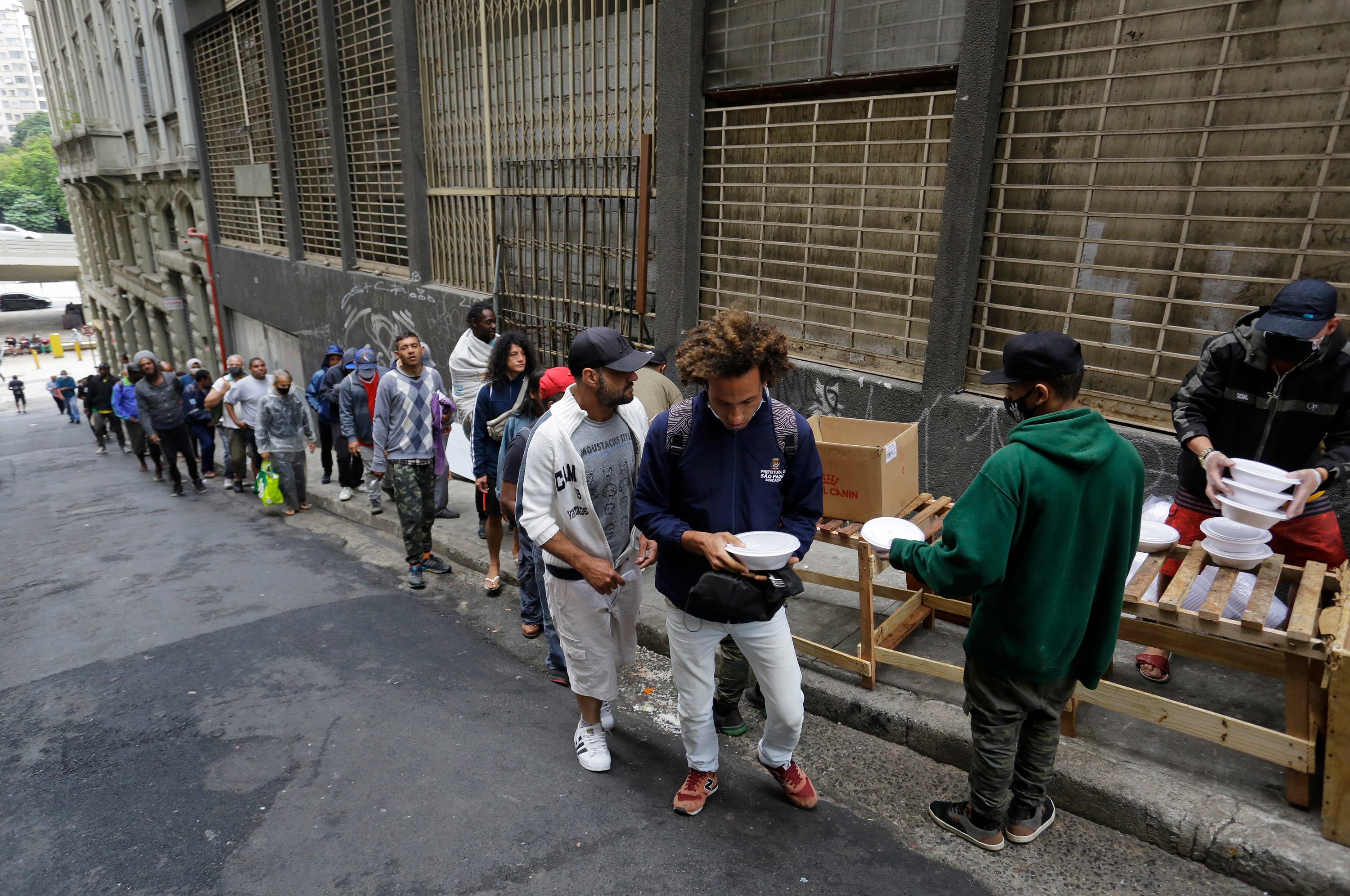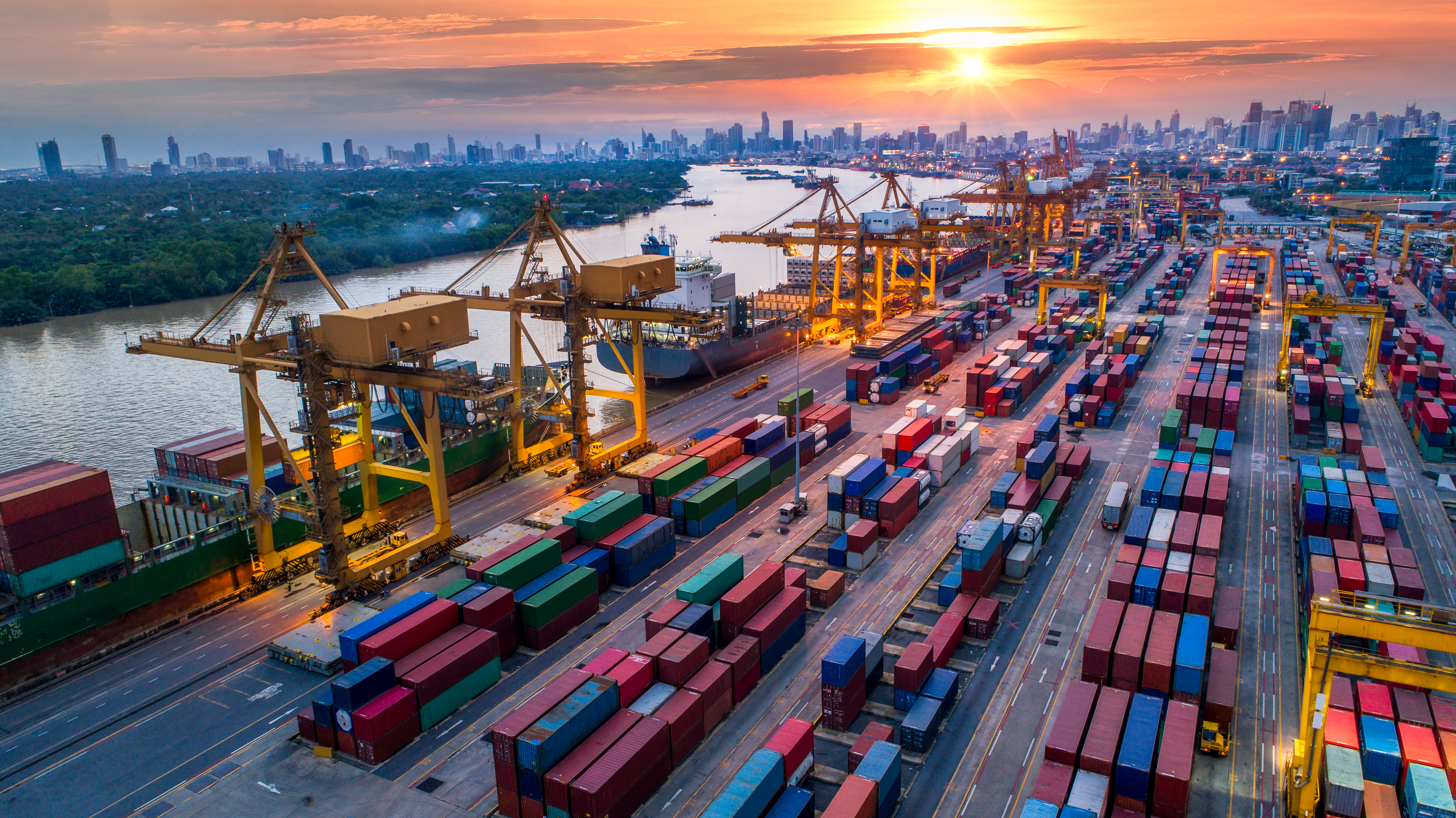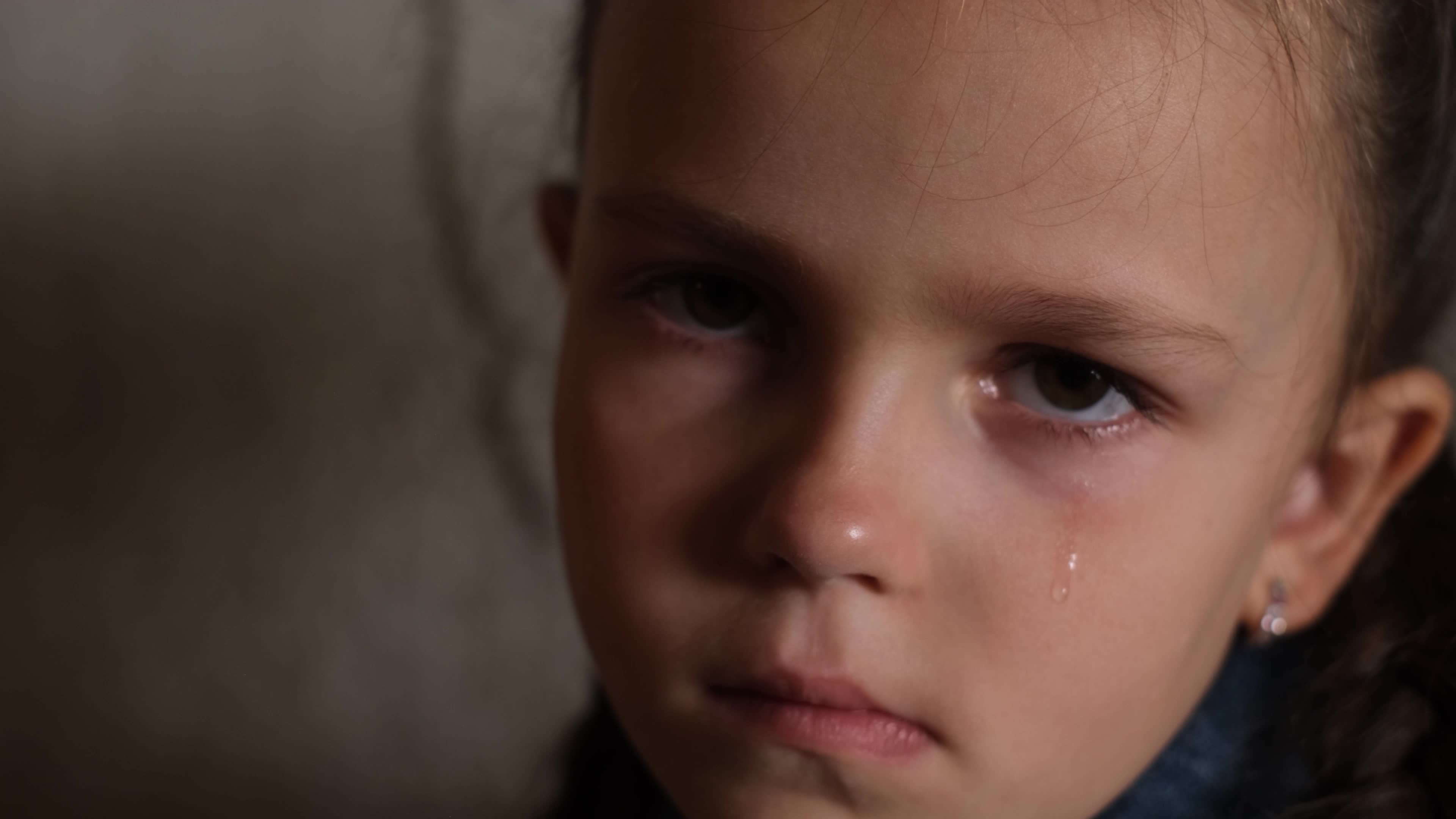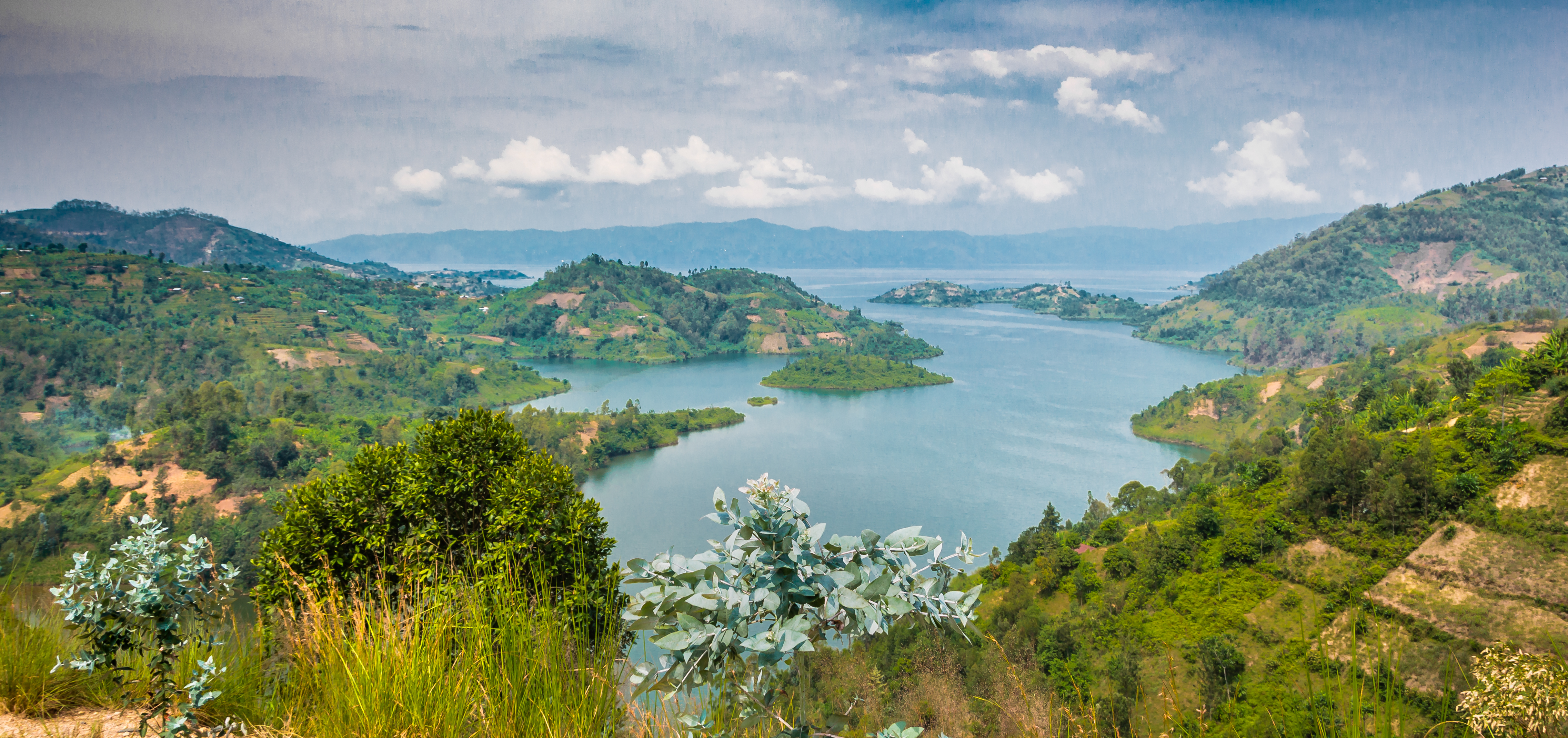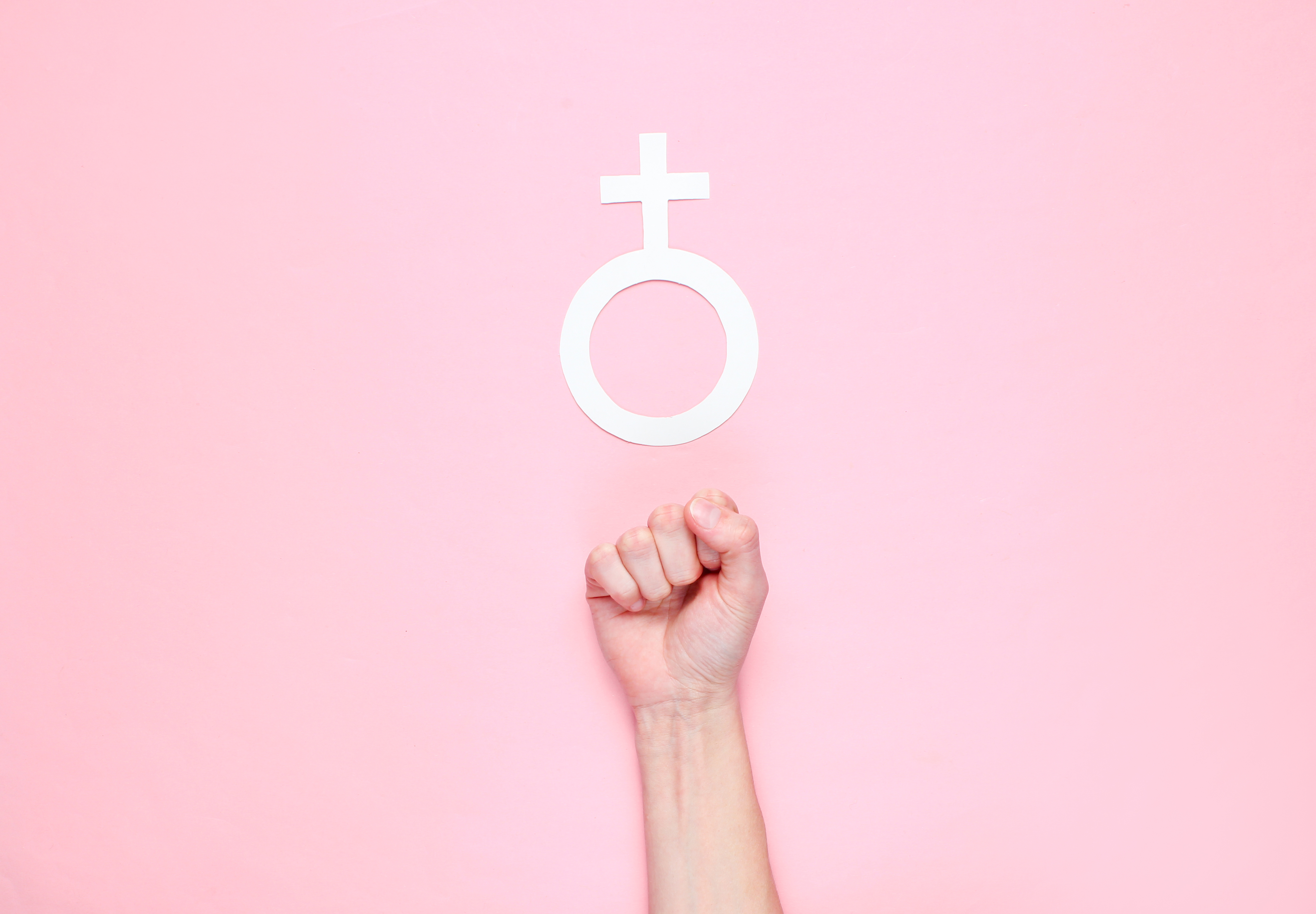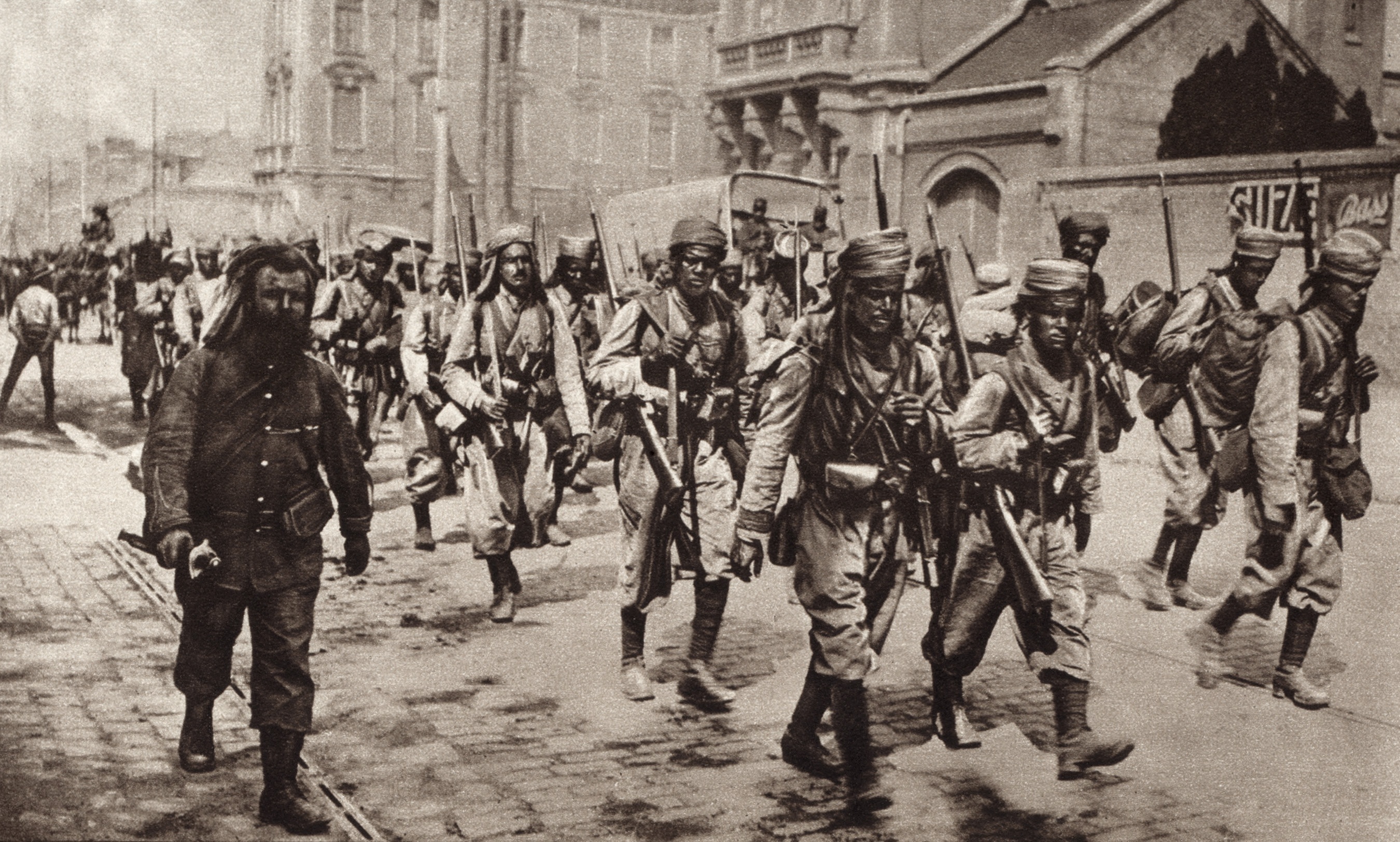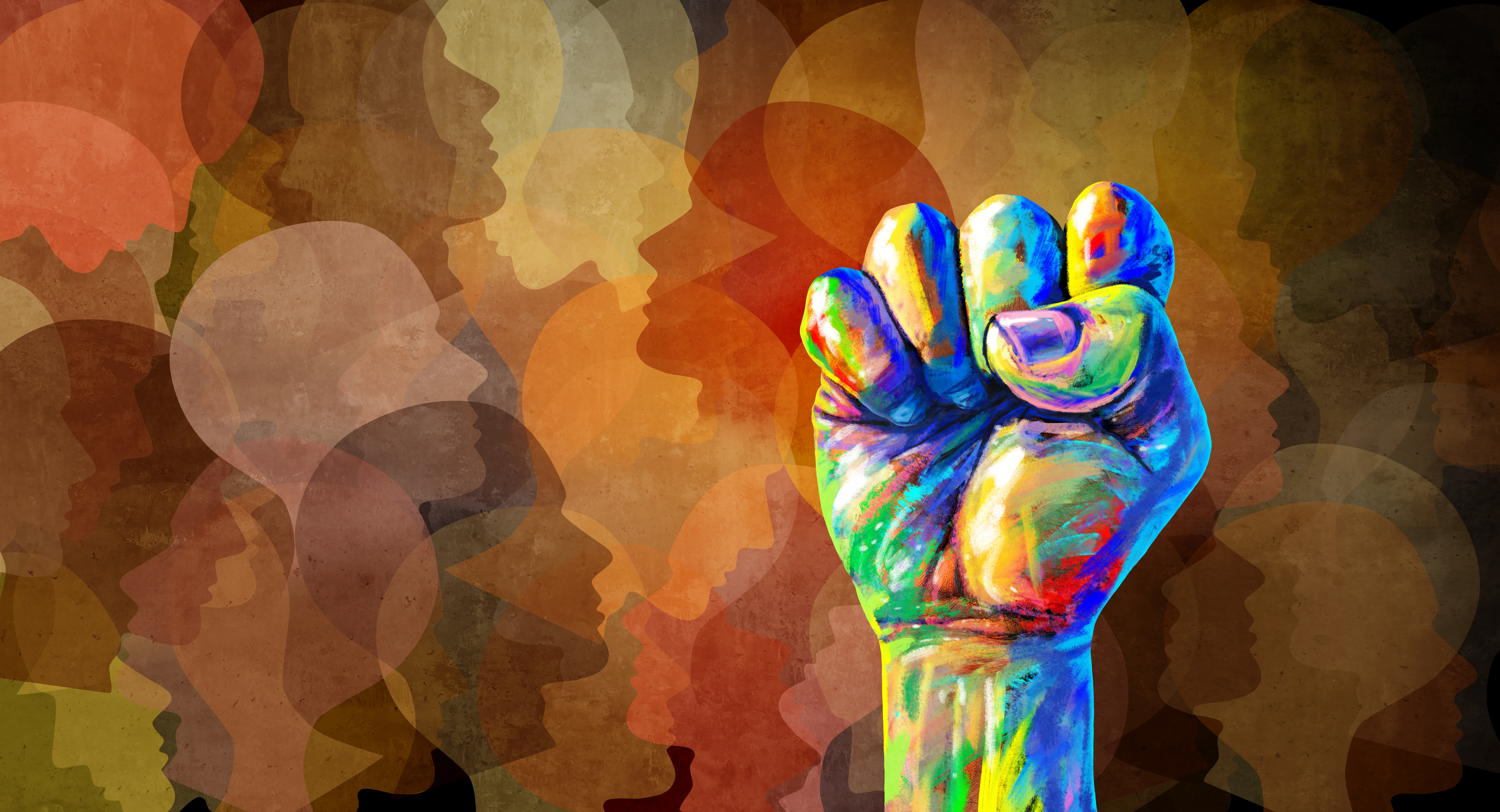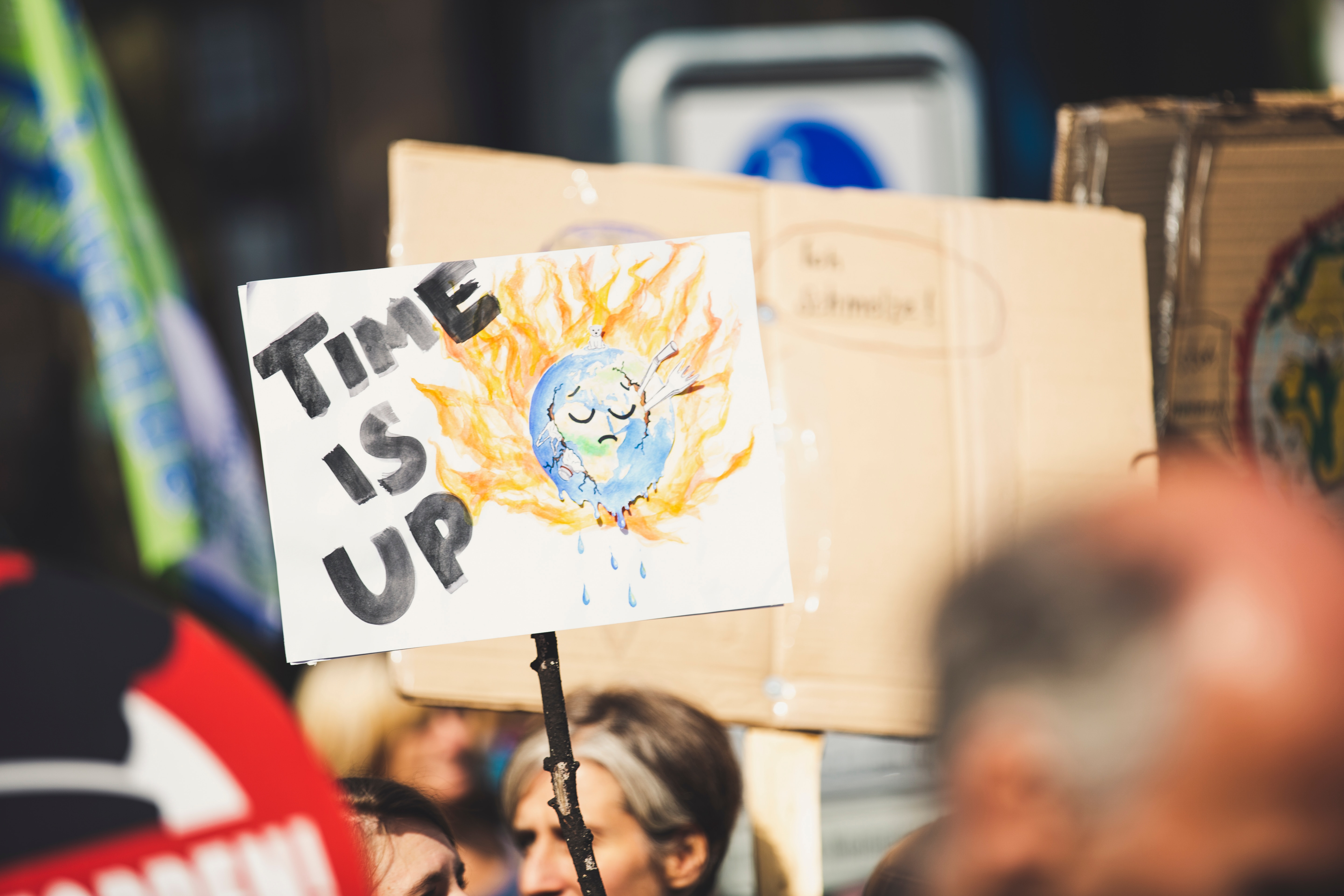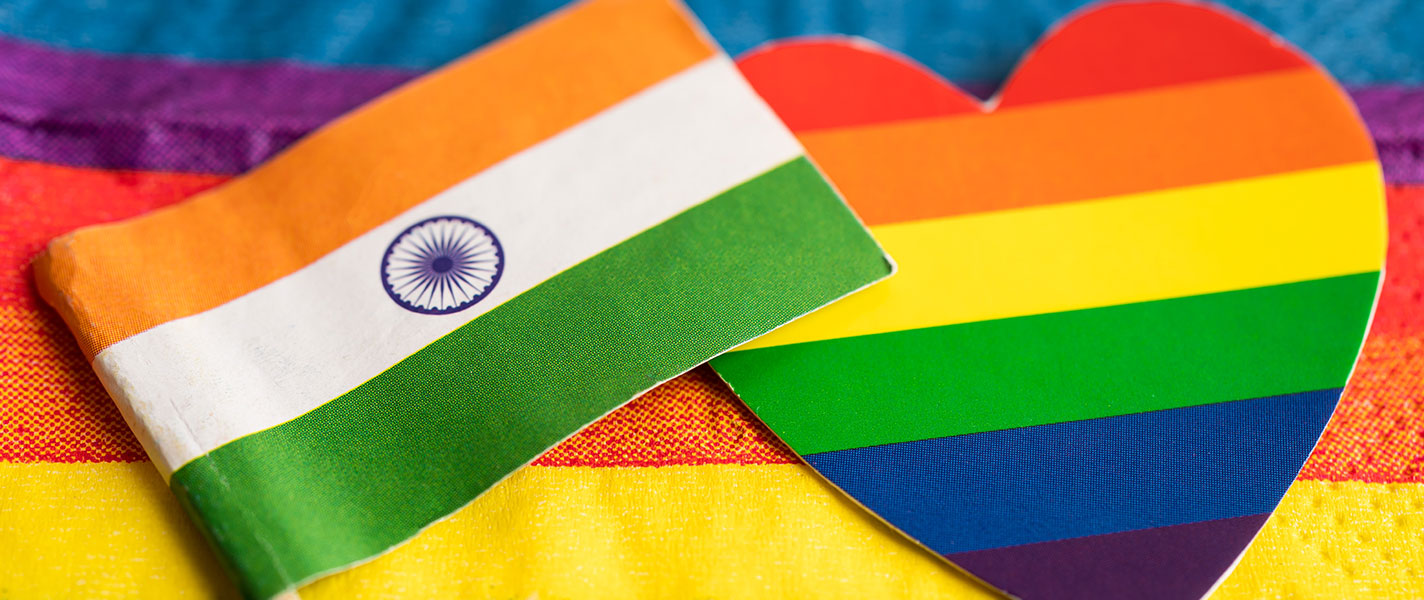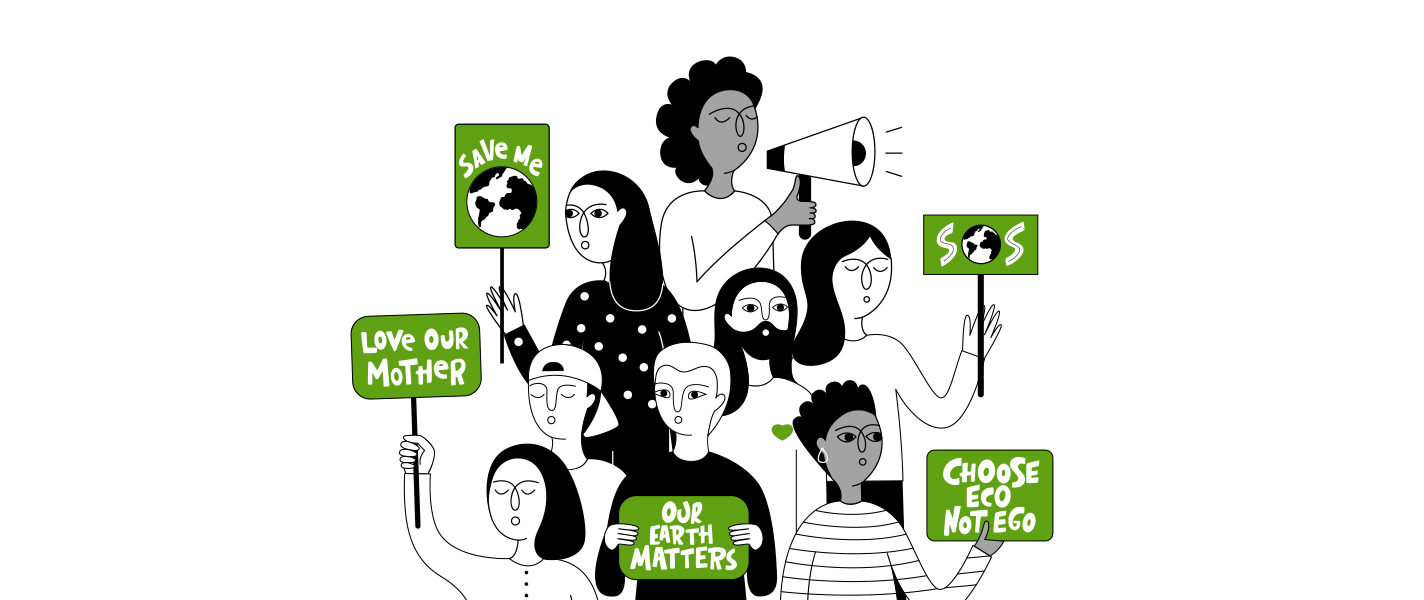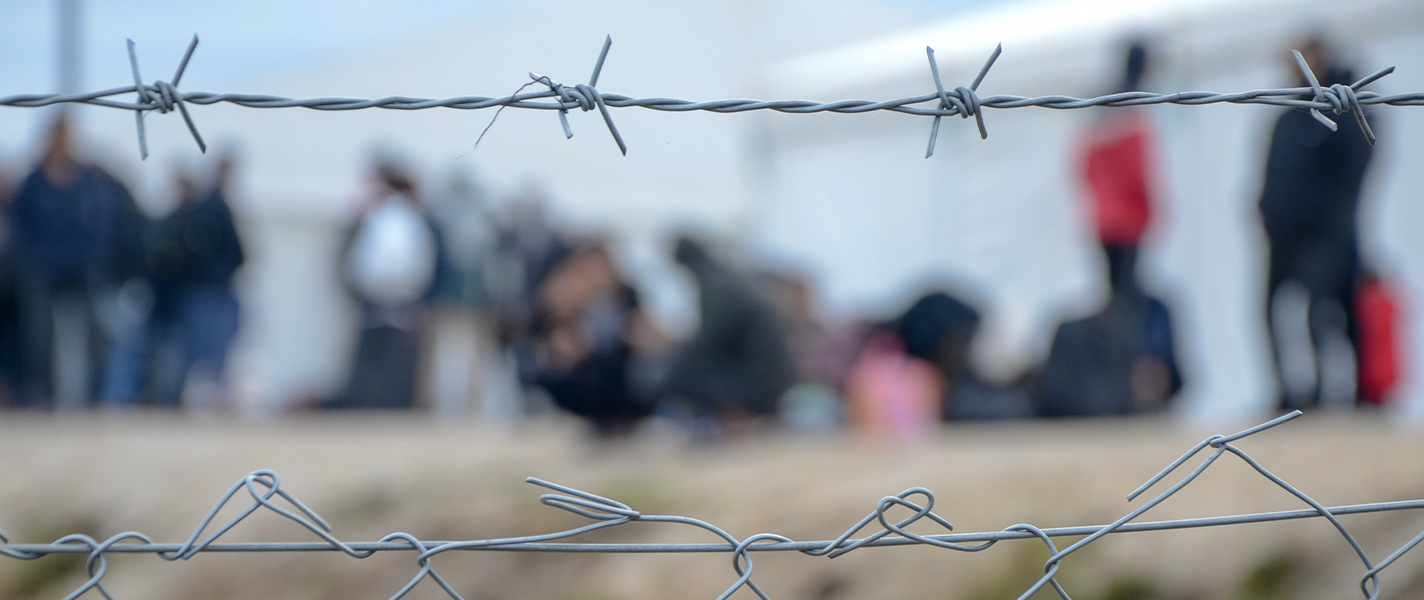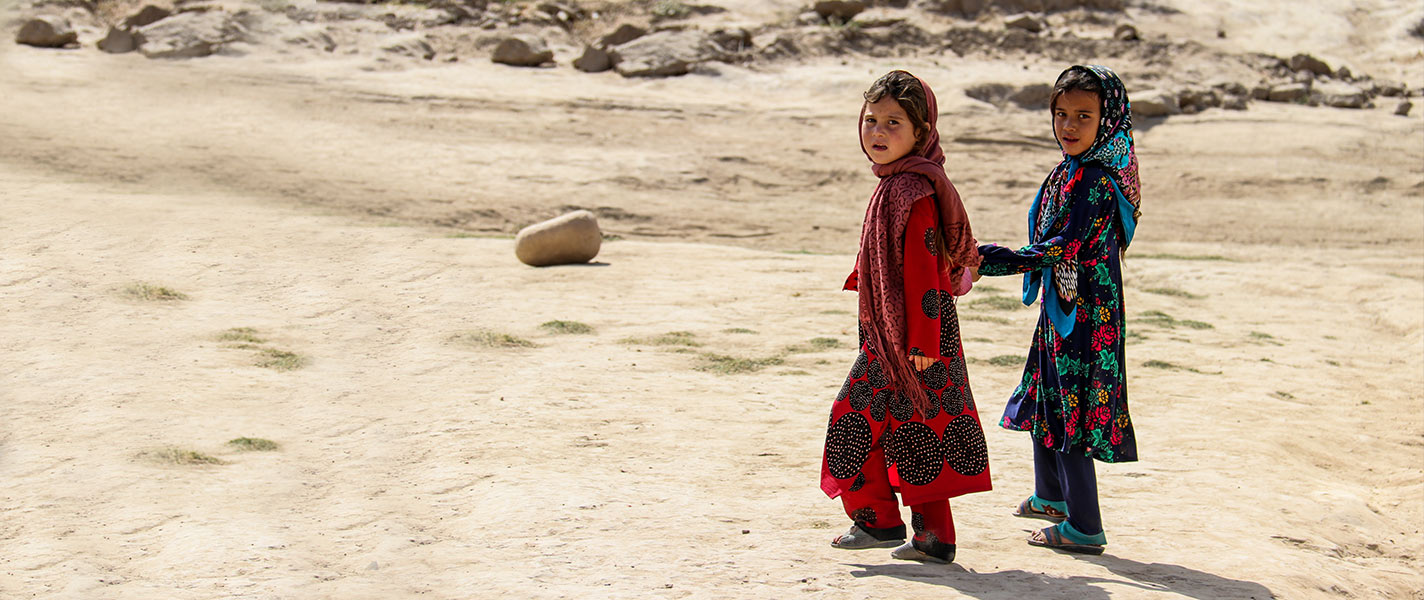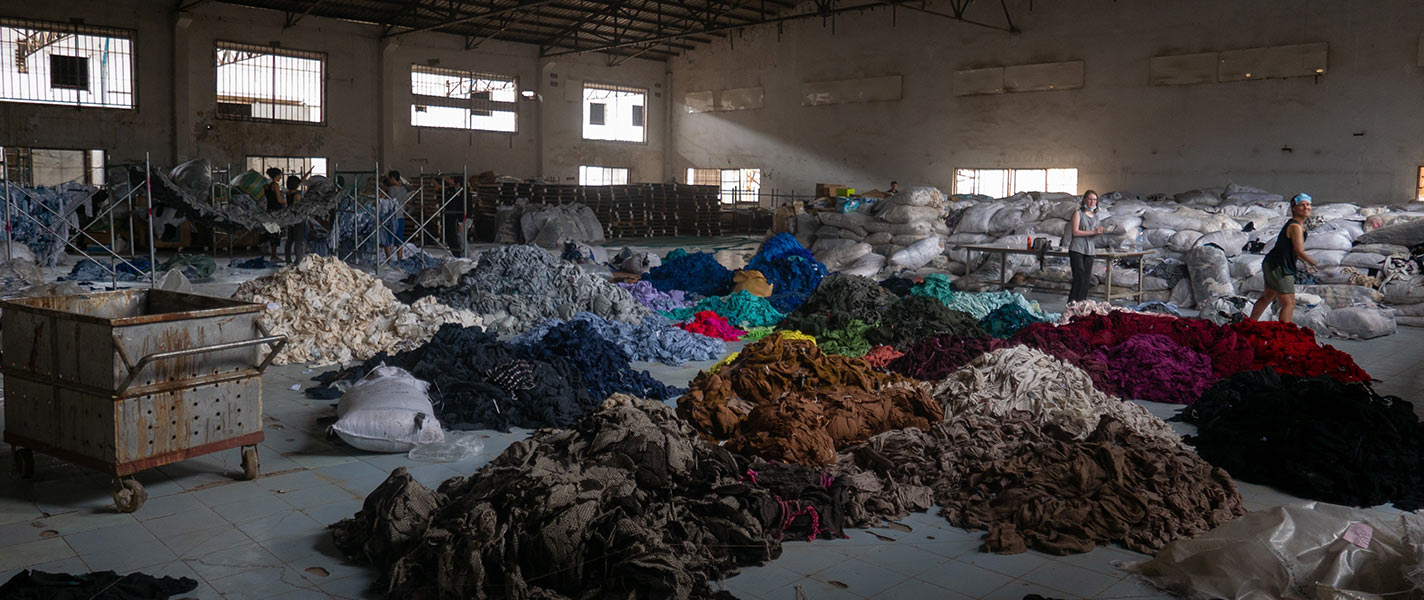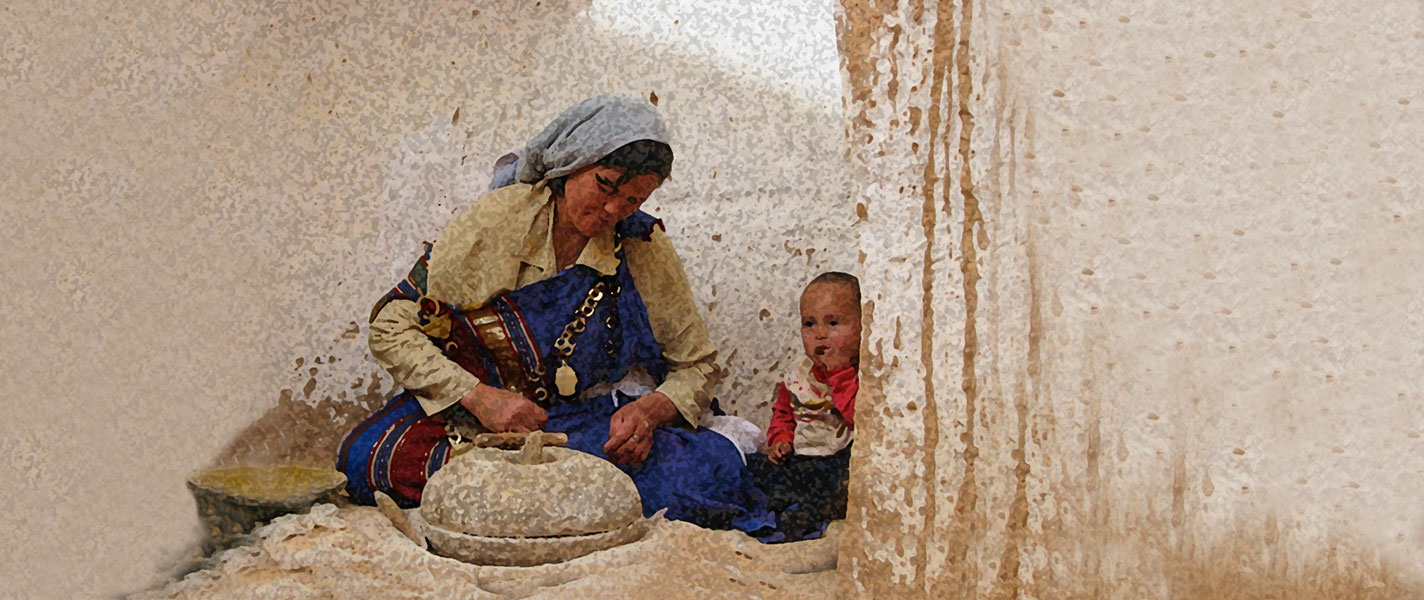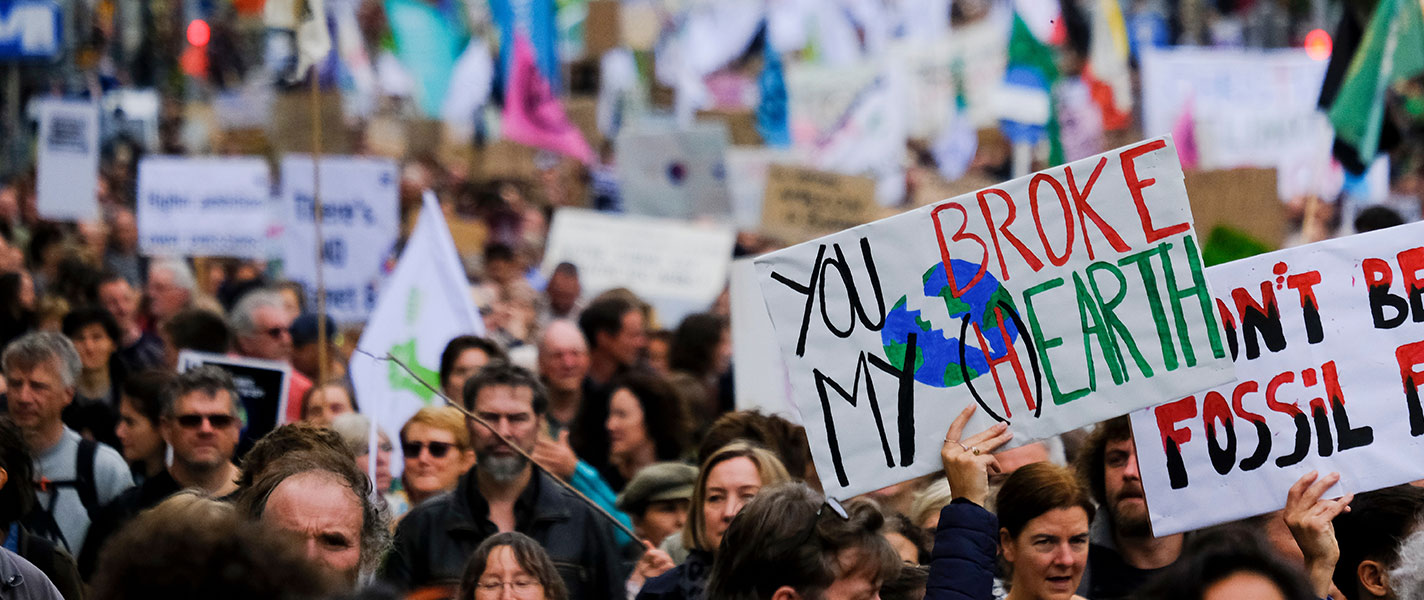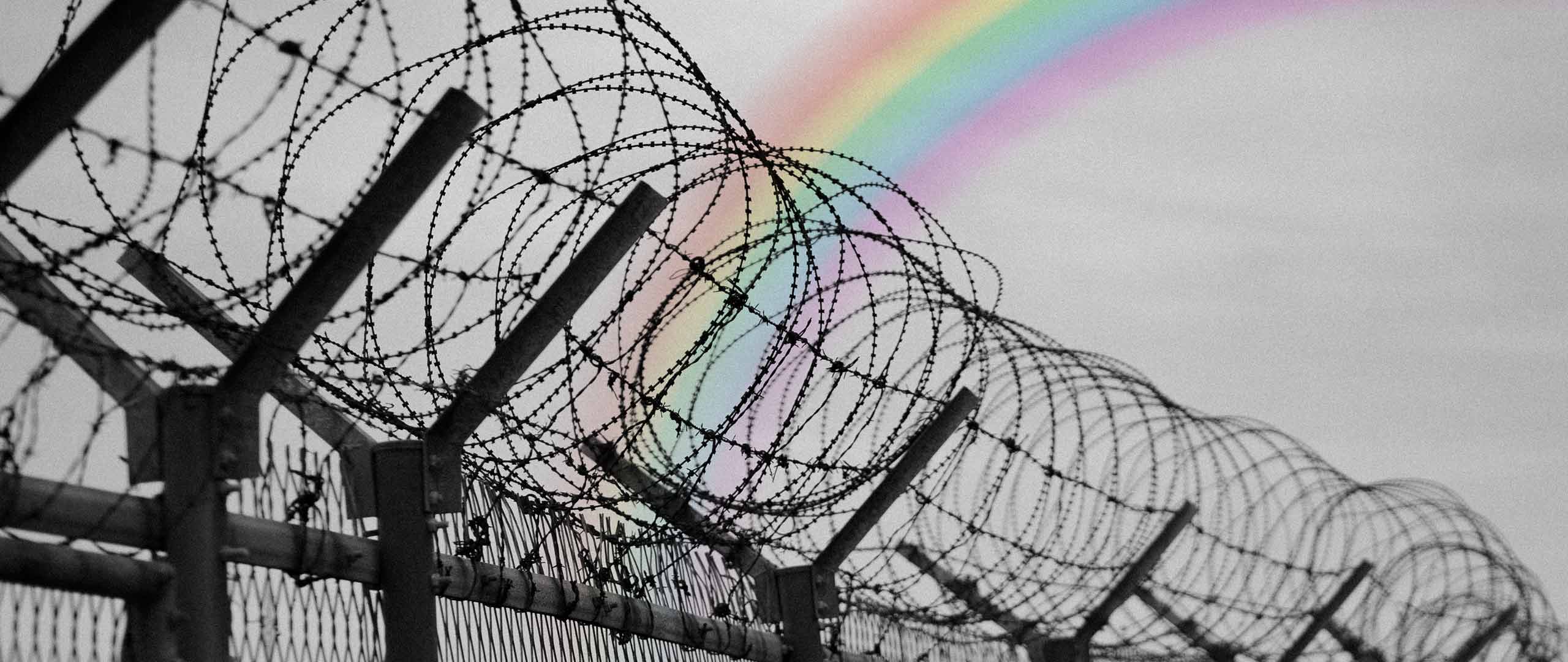No Female Peacebuilders, No Peace!
For a far better world and more sustainable and inclusive peace in which the eternal dignity of all people is firmly respected, women’s voices need to be amplified.
Conflict ravages countries in a plethora of ways, infallibly resulting in detrimental outcomes. It pauses life as we know it and further engenders utter destruction, causalities and hundreds of thousands of displaced people. Indeed, on May 2022, UNHCR announced that the number of people forced to flee due to persecution, conflict, violence, human rights violations and events seriously disturbing public order had reached more than 100 million for the first time on record. This means that 1 in every 78 people on earth has been forced to flee their homes, an unfortunate milestone that only few would have predicted a decade ago.
With the dramatically rising number of conflicts, the world needs to respond urgently and differently. One way to do so is through peacebuilding efforts. The latter seeks to address the underlying causes of conflict, supporting people to resolve their differences peacefully and laying down the foundations to prevent future violence. Global data has shown the significance and urgency of women’s participation in conflict resolution to sustain peace. In 2021, women participated as conflict party negotiators or delegates in all United Nations (co)-led peace processes. Nonetheless, their participation stood at only 19% compared to 23% in 2020.
All over the world, women peacebuilders are fighting to bring peace to conflict and post-conflict communities. Their positive engagement further contributes to political dialogues while offering unique perspectives, enabling their voices to be heard, their priorities to be acknowledged, and their realities to be represented. For instance, the presence of Syrian women has been tremendously instrumental in mediating countless conflicts that have affected their communities over the years, operating often as insider mediators. Having been perceived as trustworthy and credible by the disputing parties, they possess the ability o build leverage relationships and obtain the possession of detailed knowledge of the conflict and its respective parties.
Yemeni women, on the other hand, have contributed to mediating inter- and intra-community disputes including the release of detainees, opening humanitarian corridors and ceasing the recruitment of children by armed actors. Furthermore, in the Middle East and North Africa, there have been acute efforts to increase women’s meaningful participation in peace processes and conflict resolution, transforming them into impactful leaders and peacebuilders. For instance, in 2021, the UN women established a network of 50 young women peacebuilders from the Arab States who participated in capacity-building programs on conflict analysis and resolution, peace processes, and peace and justice from a gender perspective.
Challenges Lurking Female Peacebuilders
Women peacebuilders face numerous challenges and risks, limiting their scope of work. Women peacebuilders working on the ground are in danger of being sexually assaulted or even raped. This form of abuse is aimed at silencing them and putting an end to their human rights campaigns. In 2020, Michelle Bachelet, the UN High Commissioner for Human Rights, announced that the Office of the United Nations High Commissioner for Human Rights (OHCHR) verified the killing of 35 women human rights defenders, journalists and trade unionists in seven conflict-affected communities. These threats mainly stem from those who are seeking to rule through force and coercion. Thus, the work of addressing discrimination, inequality, denials of women’s civic space and gender-based violence should be seen as a priority for peacebuilding efforts.
Even though, in the last decade, peacebuilders moved beyond the rhetoric of gender mainstreaming, resorting to gender-sensitive approaches to peace and stability in post-conflict contexts; however, without involving women in peace processes and conflict resolutions, it is nearly impossible to lay the foundations for lasting peace for all.
The article represents the views of its writer and not that of LEED Initiative.

